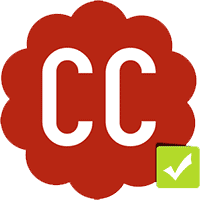How to bring conversation back to blogging
Blogging is not just about publishing content, it is also about active engagement. Due to its commenting system people come to your blog, read your blog posts and if they want, they can share their thoughts in your commenting section. This is called conversation. Gradually social networking websites like Twitter and Facebook are taking away your blogging conversations. What can you do to bring conversation back to blogging?
